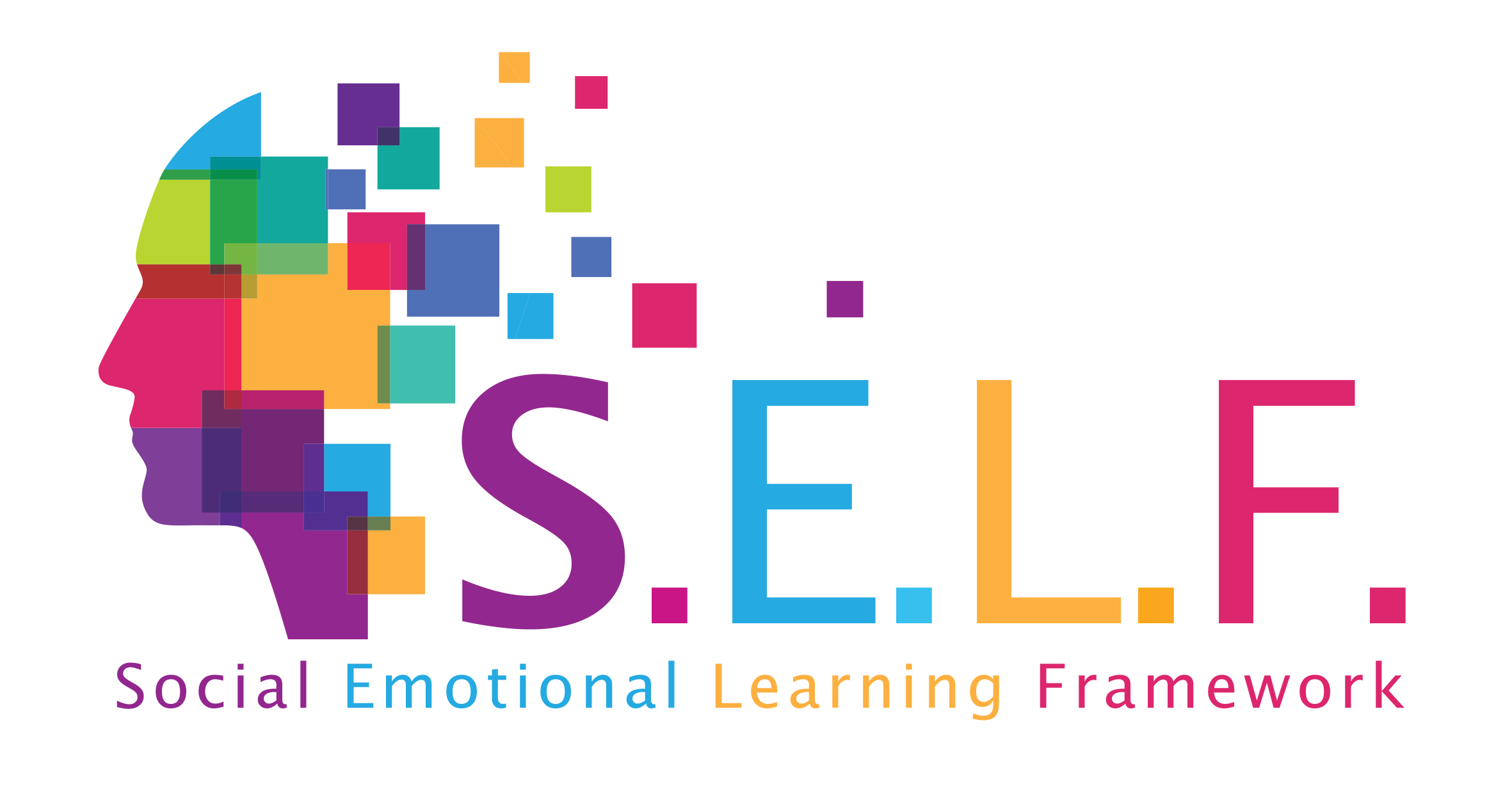Promoting Empathy Through Literature
Practice:
Focus is placed upon the concept of empathy before starting the activity. A thought-provoking, fictional or non-fictional text is selected prior to the lesson for students. Whether this text serves as a “window” or “mirror” is for student is discussed.
- A text that serves as a “window” offers a different perspective on the identities, motivations, and experiences of people who seem to be different on the surface.
A text that serves as a “mirror”, on the other hand, reflects students’ own identity, motivation, and experiences back to them. - Students are asked the following questions once the text is read out:
- Which character intrigued you the most? Why?
- Which character do you think have similarities with you the most? Why?
- Which character do you think is differs from you the most? Why?
- Can you name some of the feelings the character might be experiencing? Have you ever felt that way? If yes, what made you feel so?
- How can you understand that the character feels that way (e.g. facial expressions, body language, voice tone, wording, behaviors)? How would you express this feeling on your body/face/voice?
- What does this character think about the other character? How do you know it? Have you ever felt that way about someone? Have you ever expressed or explained it to them?
- What do you think the character can do afterwards? Why do you think the character will be able to do so? What would you do?
What do you think the character possibly felt about the other character’s behaviors? Why do you think they would feel that way? How would you feel if someone behaved that way?
When to Use
It is suitable for any lesson.
Age Level
Primary school and above
Duration
30 mins
Materials
–
Learning Outcomes
Learning and encouraging empathy, friendships, recognizing feelings, prosocial behavior, socio-emotional learning, self-control, and self-awareness
